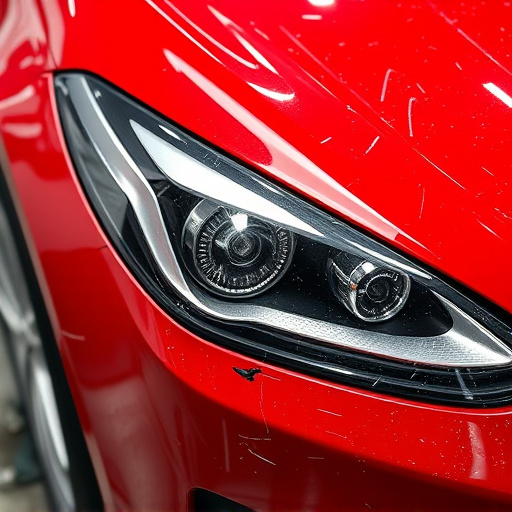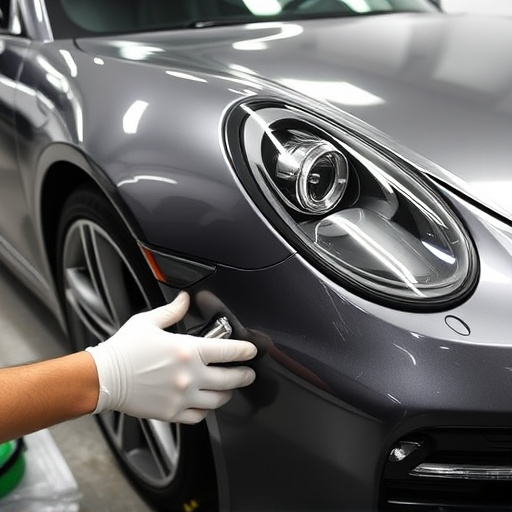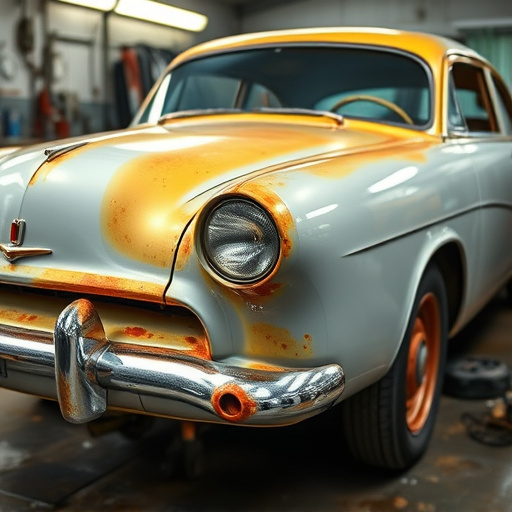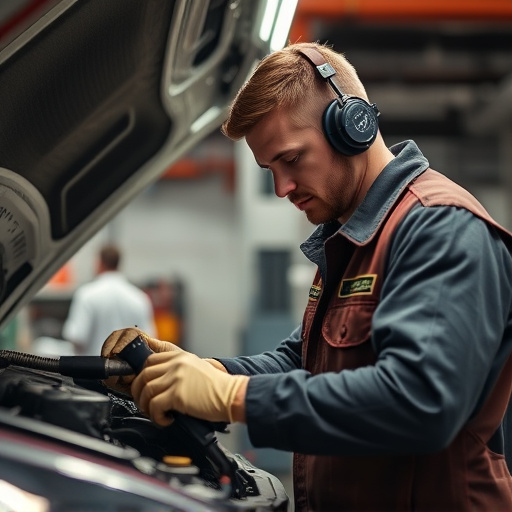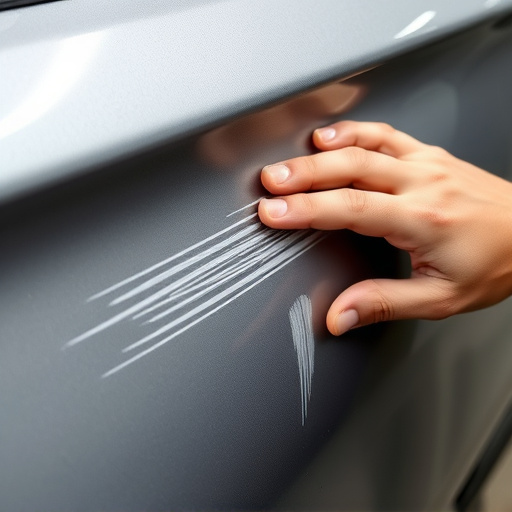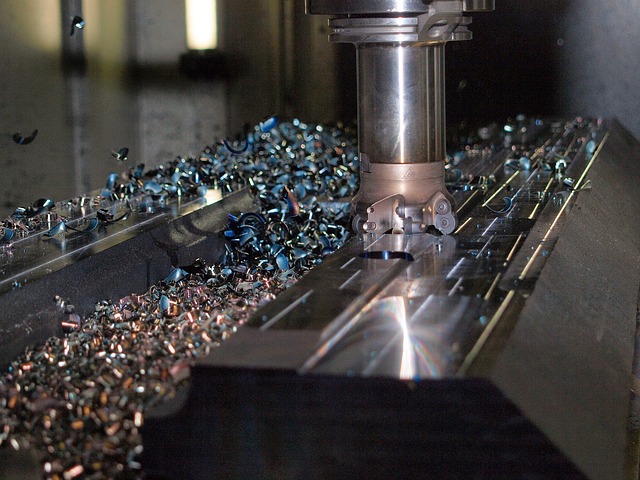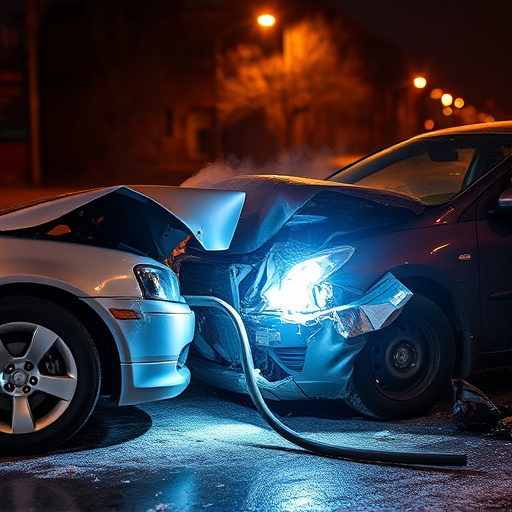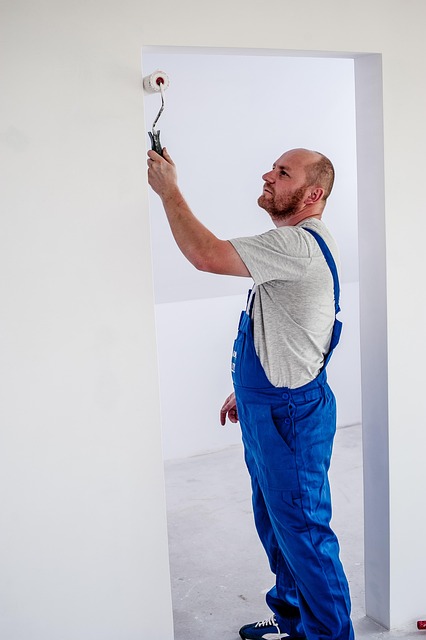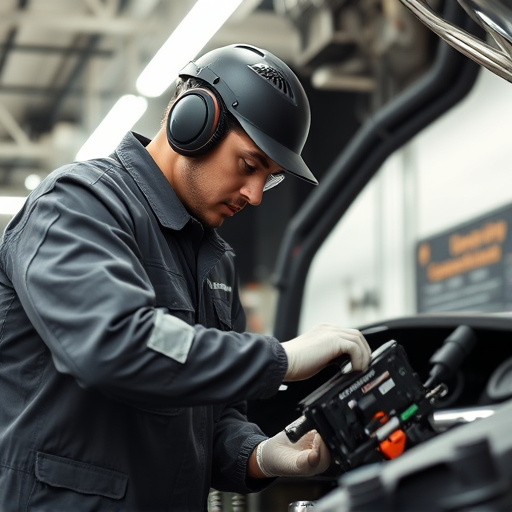Water damage in Mercedes sequential turn signals causes malfunctions and corrosion over time. Repairs require prompt action by trained technicians who diagnostically test components using a multimeter. A meticulous approach involves inspecting for corrosion, safely disconnecting modules, replacing or reprogramming to ensure reliable performance and driver safety.
After water intrusion, repairing a Mercedes sequential turn signal is crucial for optimal vehicle safety. This comprehensive guide delves into understanding water damage’s impact on these intricate components and provides a step-by-step repair process. We’ll walk you through diagnosing and testing each part to ensure precise performance. By following these detailed instructions, you’ll restore your Mercedes’ sequential turn signals, enhancing both functionality and driving confidence.
- Understanding Water Damage in Mercedes Sequential Signals
- Diagnosing and Testing Turn Signal Components
- Step-by-Step Repair Guide for Optimal Performance
Understanding Water Damage in Mercedes Sequential Signals

Water damage to Mercedes sequential turn signals is a common issue that can arise from various sources, including severe weather conditions, car accidents, or even minor leaks around the vehicle’s bumper. When water intrudes into these delicate electrical components, it can cause significant disruptions and potentially lead to faulty signal operation. Understanding how water affects the sequential signals is crucial for effective Mercedes sequential turn signal repair.
The complex nature of modern vehicles, especially in their electronic systems, means that moisture can cause more than just short-term malfunctions. Over time, water damage may result in corroded connectors, damaged circuit boards, or even compromised programming, requiring professional collision repair services or specialized vehicle body repair to restore proper function. Prompt action and the expertise of trained technicians are essential to mitigate further issues and ensure reliable turn signal performance after such an incident.
Diagnosing and Testing Turn Signal Components

Diagnosing and testing Mercedes sequential turn signal components is a crucial step in effective repairs after water intrusion. The first order of business is to inspect the lights themselves for any visible damage or moisture buildup, as water can cause short circuits and malfunction. Once visually inspected, it’s time to test each component individually. This includes checking the bulbs, sockets, and wiring for functionality. A multimeter can be used to verify continuity and voltage levels, ensuring that no faulty parts are overlooked.
The testing process also involves examining the flasher unit, which controls the sequence of the turn signals. If water has compromised this vital component, it could lead to erratic or non-functional signal operation. By identifying and addressing these issues early in the repair process, a car repair shop can ensure that when the vehicle is back on the road, its sequential turn signals function flawlessly, enhancing safety for both the driver and other road users, much like repairing a scratched car to restore its original gleam or providing body shop services to fix structural damage.
Step-by-Step Repair Guide for Optimal Performance

When faced with a Mercedes sequential turn signal repair after water intrusion, a systematic approach is key to achieving optimal performance. Begin by carefully inspecting the damaged area for any visible signs of corrosion or damage to the wiring harness. This step is crucial as it determines the extent of the issue and guides the subsequent repair process.
Next, disconnect the faulty turn signal module from the vehicle’s electrical system, ensuring proper safety precautions are in place. With the module isolated, a professional mechanic can then diagnose any internal damage using specialized diagnostic tools. Once the problem is identified, whether it’s a simple component replacement or a more complex reprogramming process, proceed with the repair accordingly. Remember that reliable vehicle repair services, especially automotive restoration for high-end models like Mercedes, require expertise and precision to restore the sequential turn signals to their original functionality and reliability.
Repairing a Mercedes sequential turn signal after water intrusion is a process that requires careful diagnosis and precise steps. By understanding the vulnerabilities of these systems to water damage, identifying key components for testing, and following a structured repair guide, car owners can restore optimal performance to their Mercedes’ sequential signals. Remember, prompt action is crucial in mitigating further issues, ensuring safe driving conditions, and maintaining the vehicle’s overall integrity. For anyone tackling this repair, seeking professional guidance when needed can be invaluable, especially when navigating complex electrical systems.

